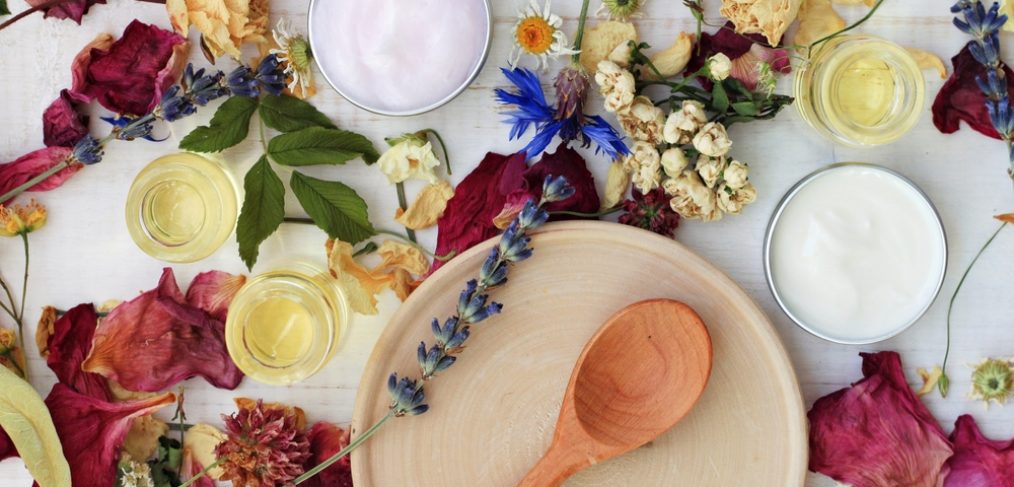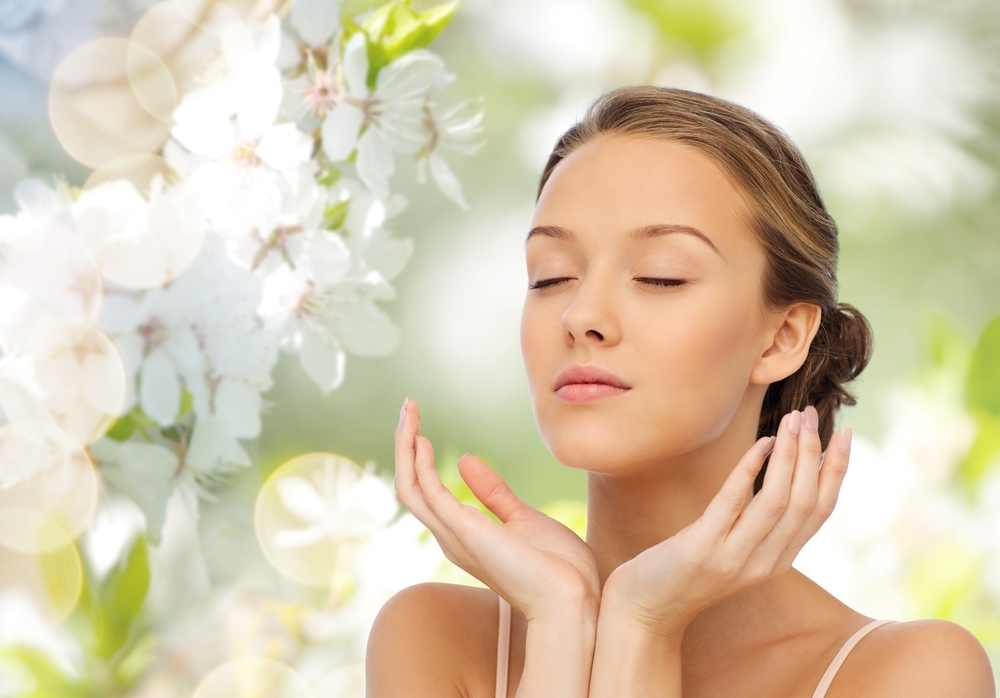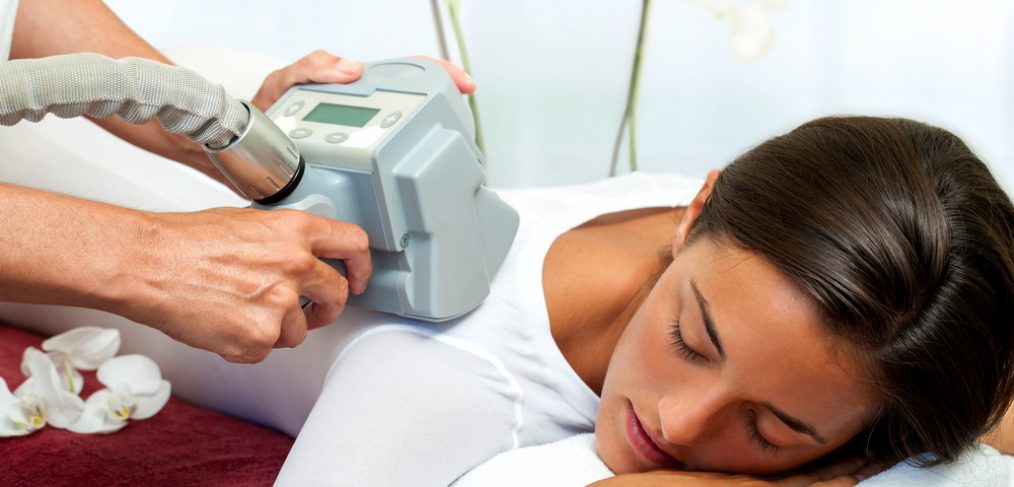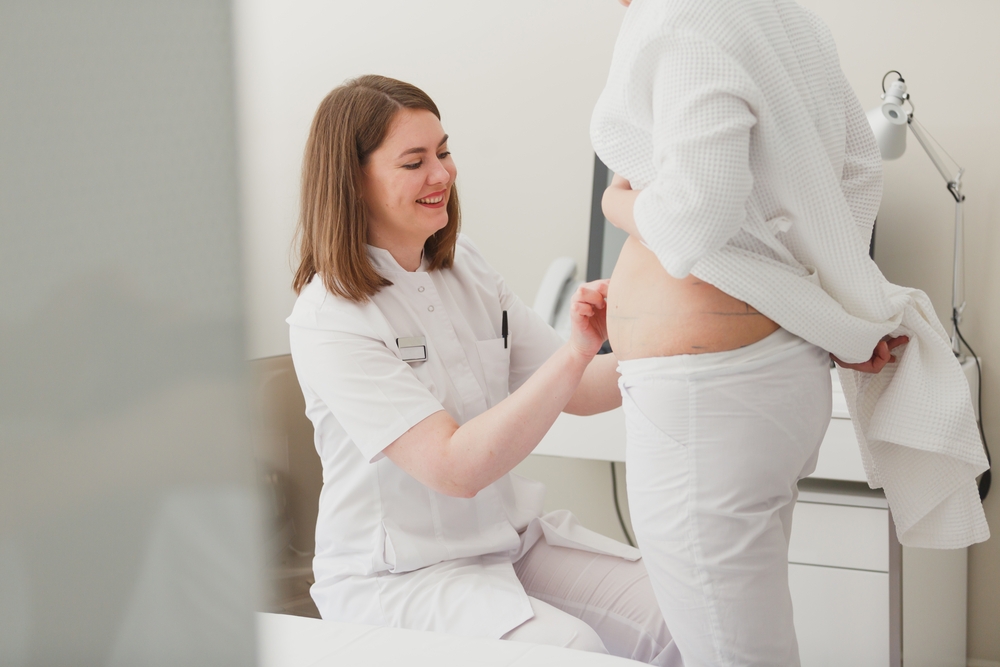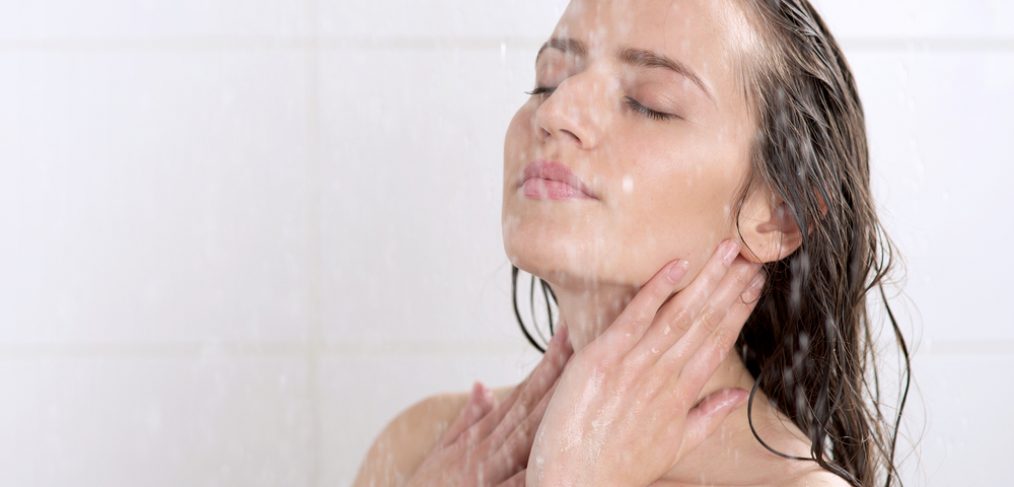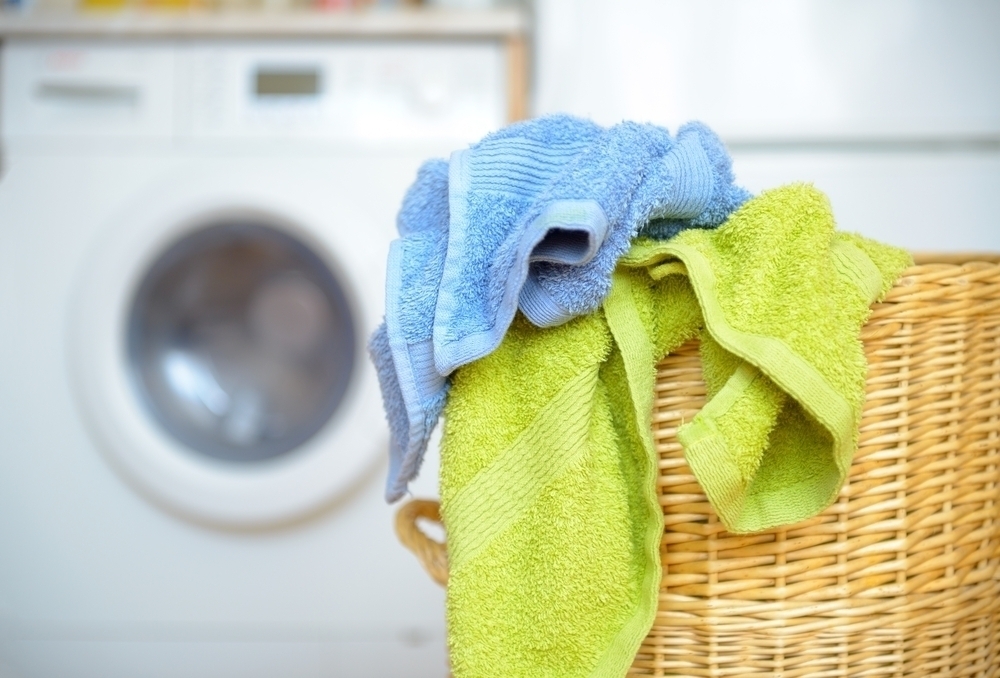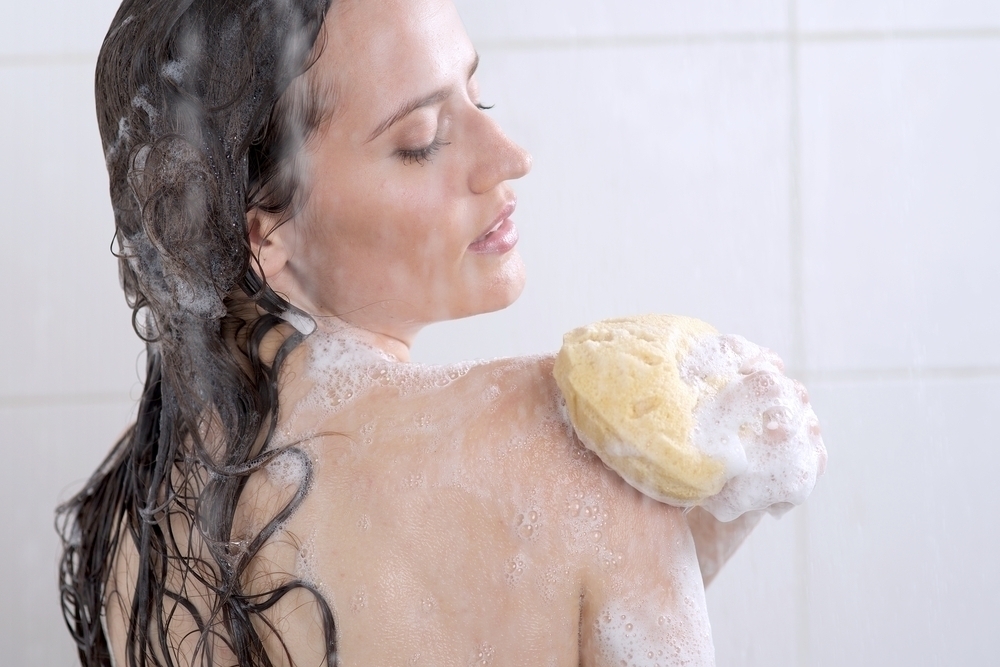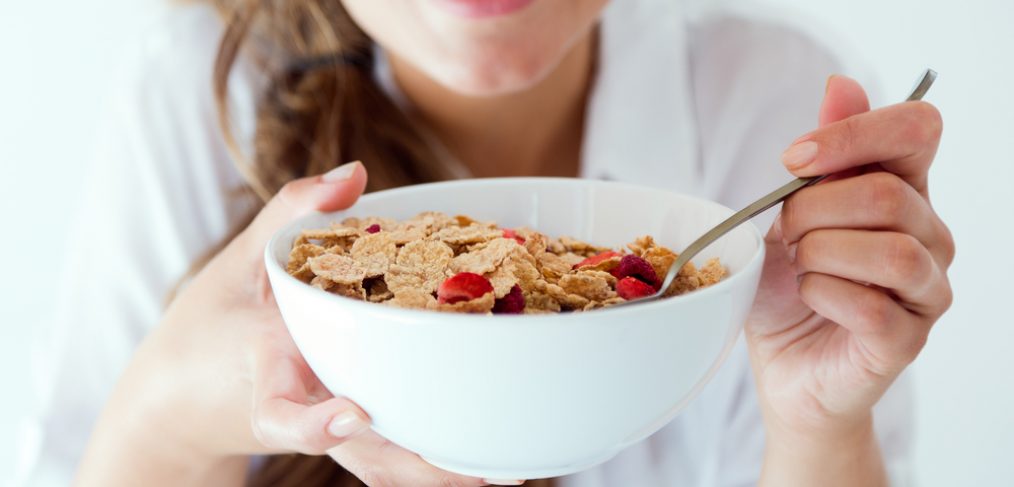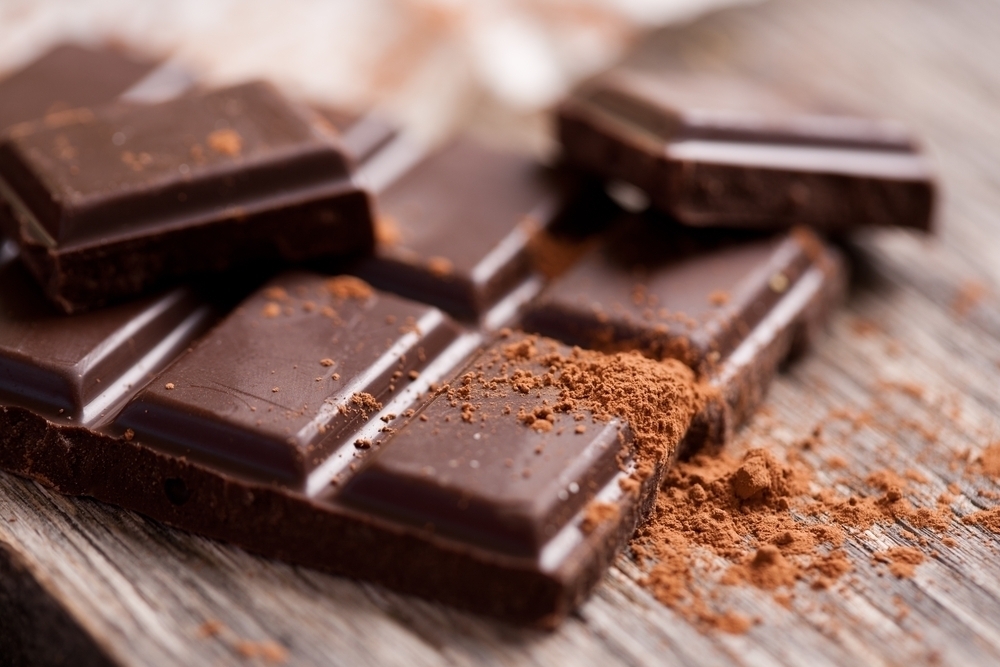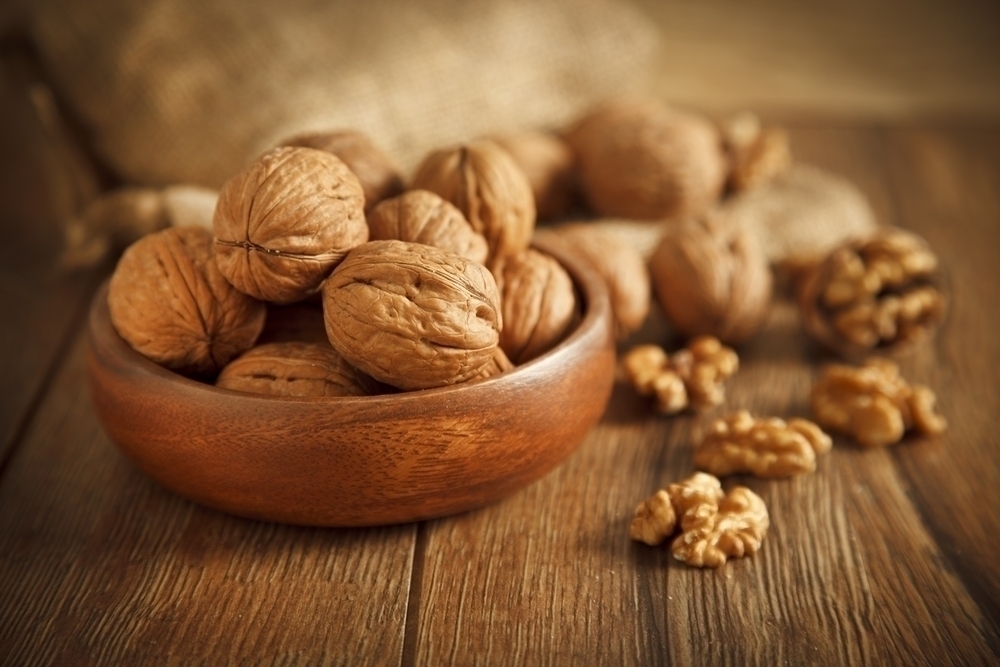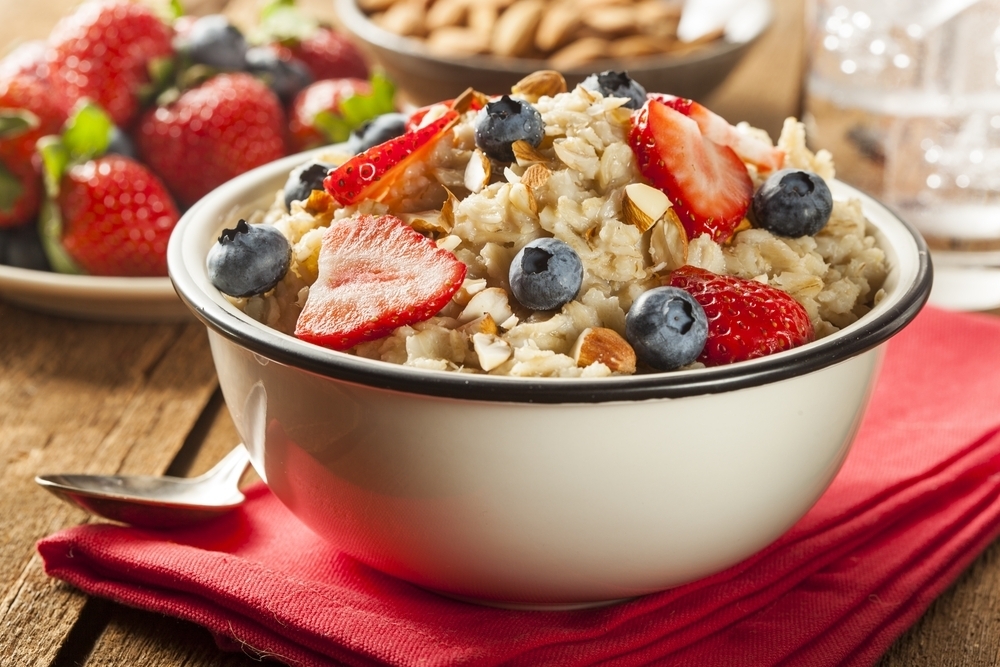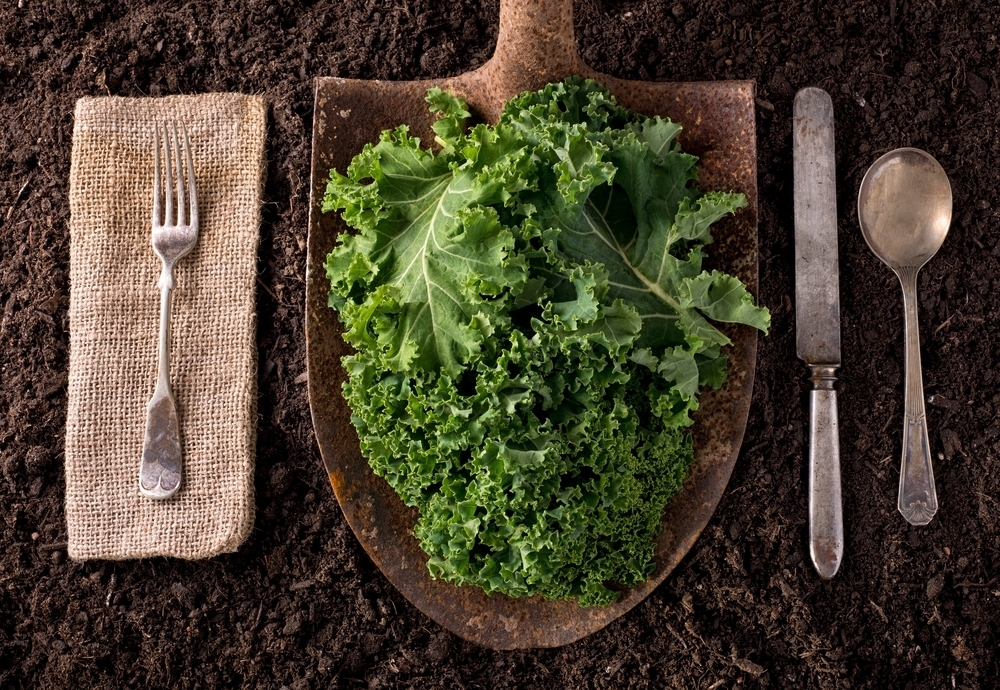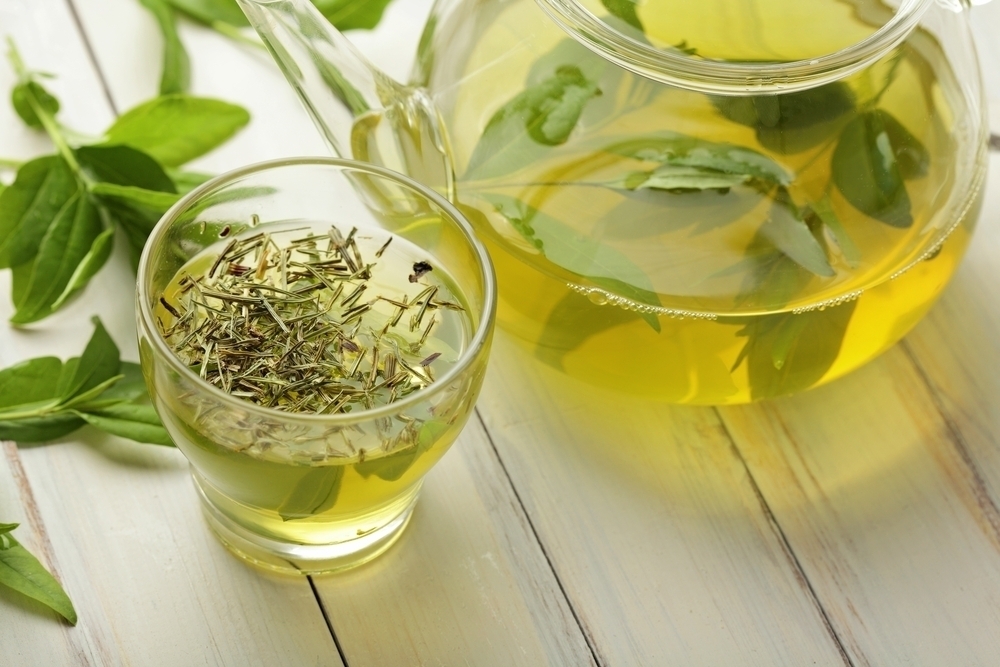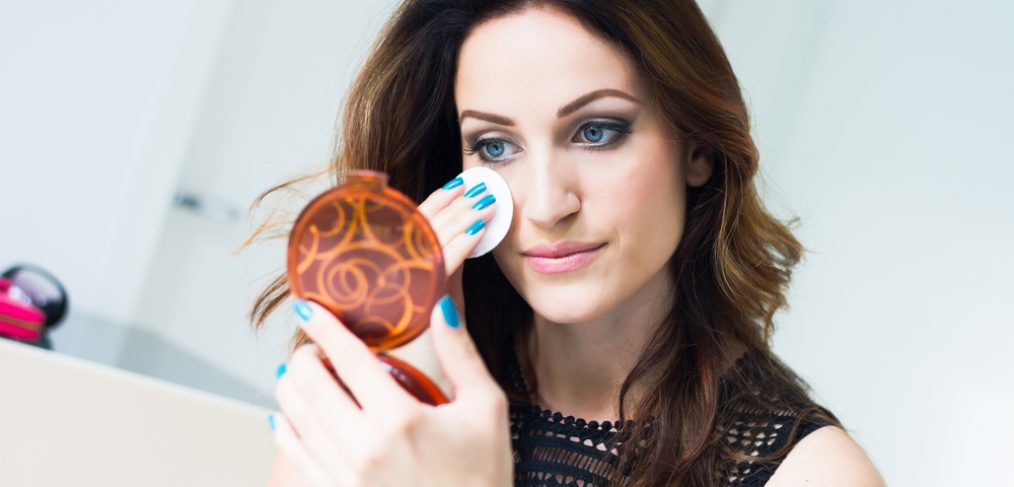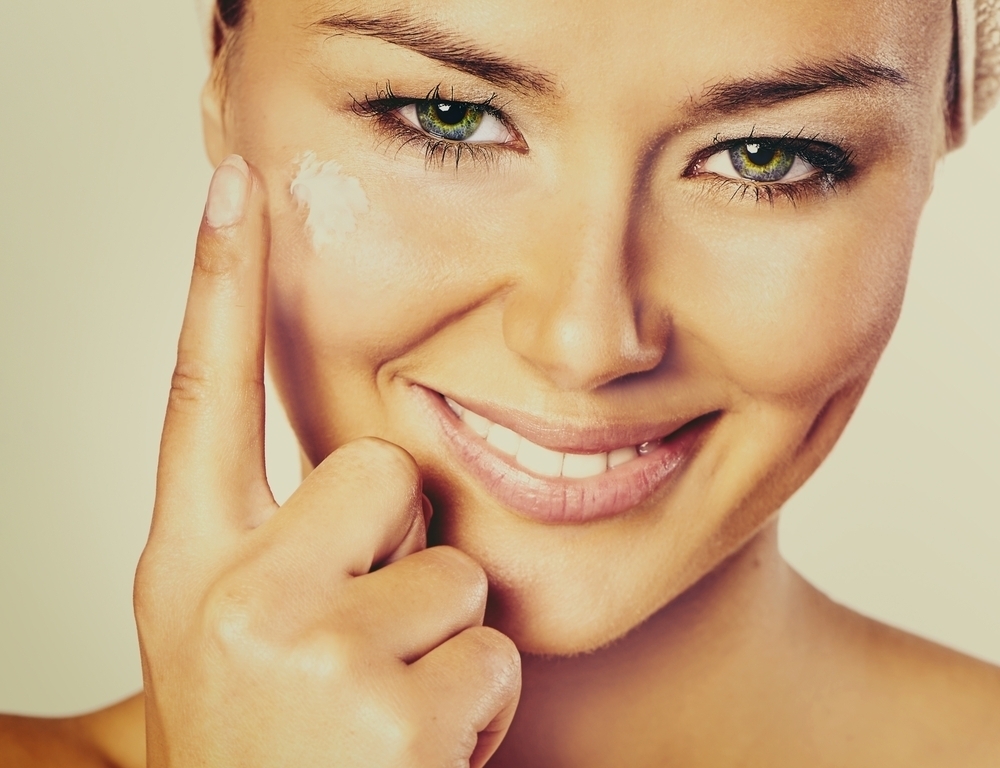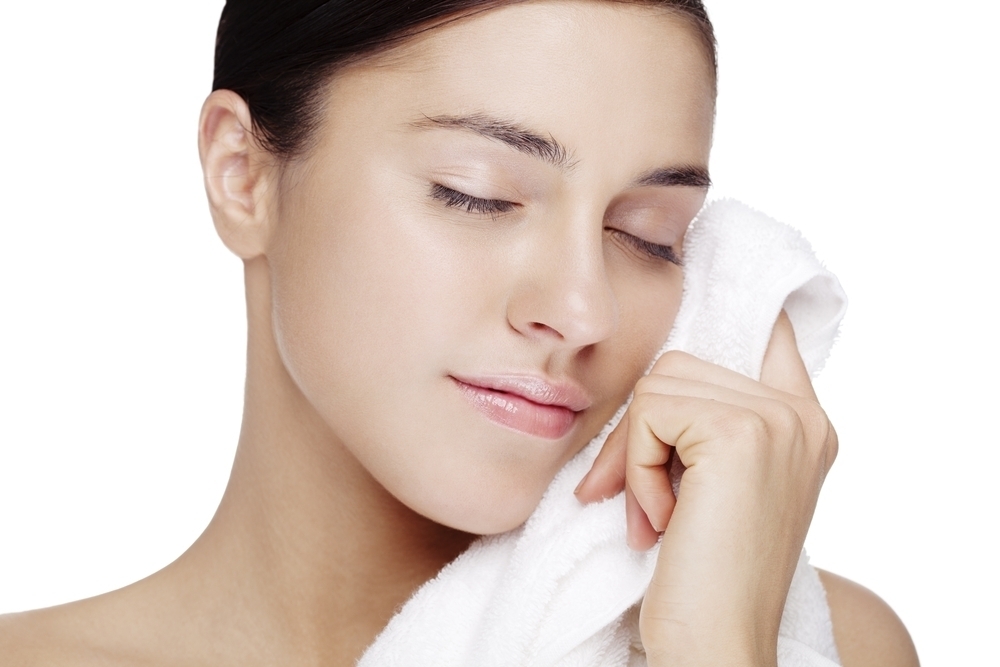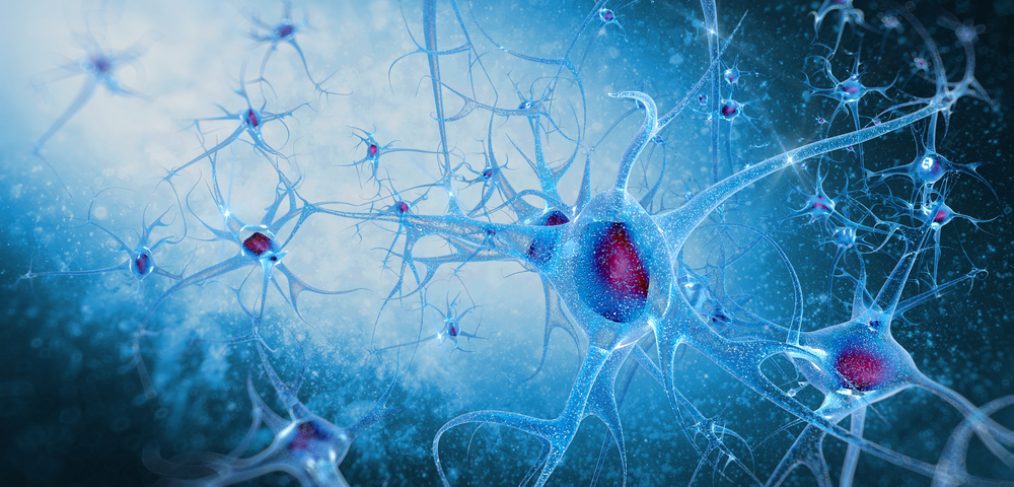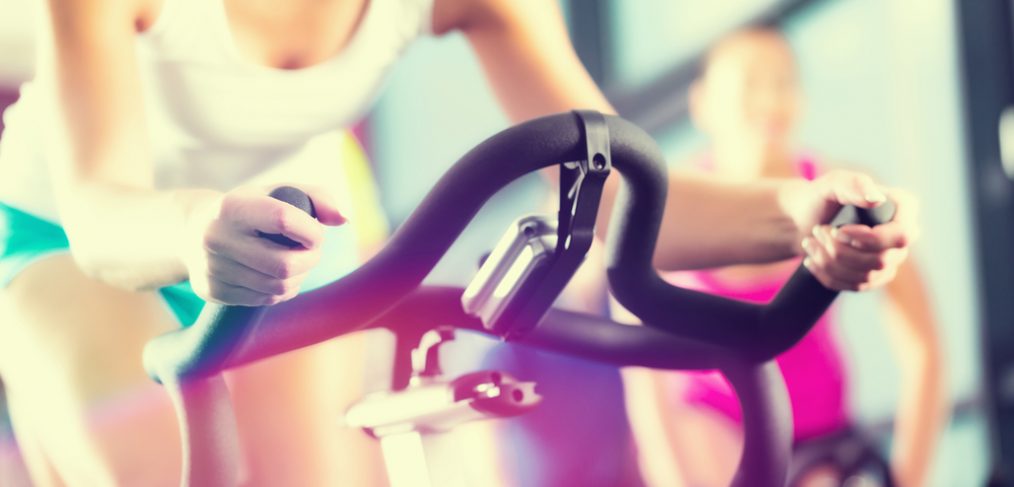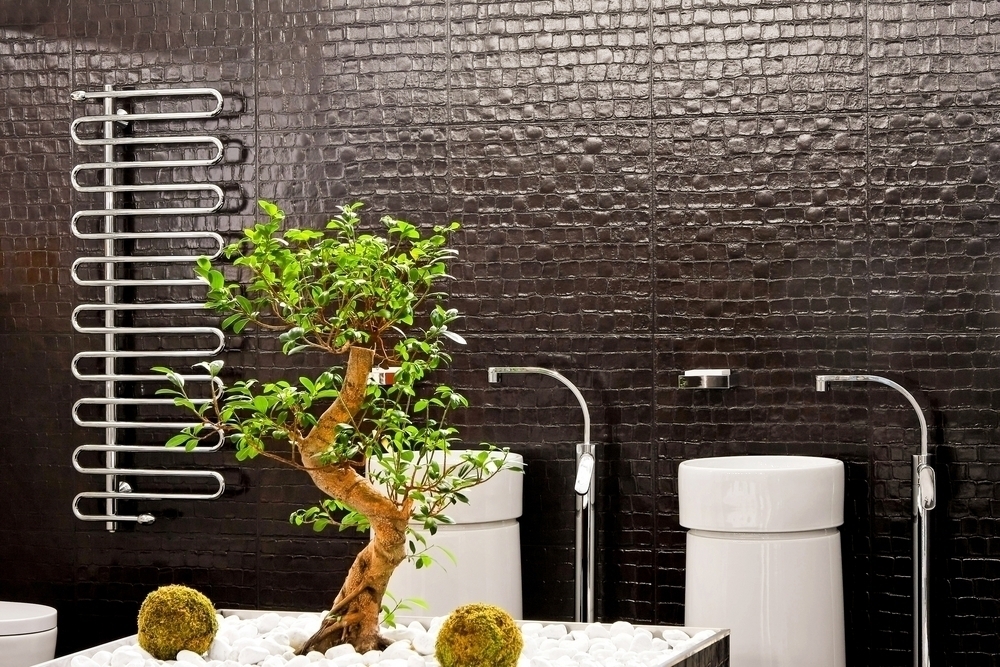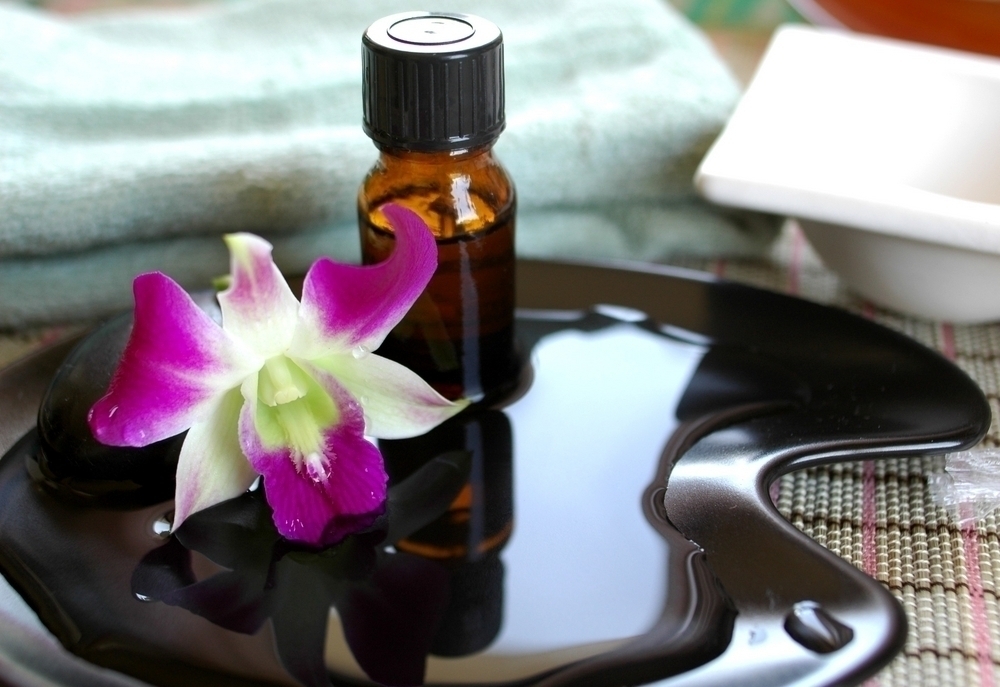Osteoporosis is a disease that weakens bones and increases the risk of fractures. The unfortunate truth is that you may not know that you have it until your bones fracture in a fall or bump. However, bone loss can be prevented with a healthy diet and the right degree of physical activity.
Exercise Your Bones
Your bones, like your muscles, can be strengthened through working out. Weight bearing exercises are especially good for keeping bones strong. Forcing the body to work against gravity prompts it to make new bone. Examples of such exercises include stair climbing, aerobics, jogging, tennis, racket sports, and running.
Strength training exercise is also a good way to prevent bone loss. The pull of muscle on the bones strengthens them as you work them, improving flexibility and reducing the chances of falling: a.k.a., the main reason for broken hips. Bone and muscle building exercises and activities include: lifting free weights, bags of groceries, young children, using ankle and wrist weights, resistance bands, weight machines, or by doing push ups, squats or other movements which involve countering your own body weight.
Calcium and Vitamin D
Calcium deprived bodies lead to weakened bones. When your body lacks calcium, it will start to look for your bones to get what it needs, and that means loss of bone mass. Getting enough of this nutrient means eating plenty of low-fat dairy, calcium-fortified juices, and food, like soy milk, cereal and tofu, salmons and sardines with bones, and leafy green veggies.
Vitamin D is sort of like the calcium roadie. Your body needs it to help absorb the calcium. Although not many foods have vitamin D, it can be found in fatty fish, cheese, beef liver, and eggs yolks and fortified foods such as cereal, milk, and orange juice. Most of our intake of vitamin D comes from the sun. Skin produces the vitamin naturally when the sun hits it, so you should try and spend a little time outdoors to make sure your calcium has its proper amount of assistance.
Other Prevention Tips
- Keep alcohol to a minimum. Consuming more than two drinks a day can raise the risk of bone loss.
- Quite smoking. Smoking can actually double your chances of fractures and bone loss by interfering with estrogen function.
- Don’t over exercise. The “female athlete triad” refers to the three issues that can result from too much exercise: thin bones, cessation of menstruation, and eating disorders. Irregular periods are often associated with low bone mass and decreased estrogen levels.
- Cut down on Soda According to some studies, the extra phosphorus in soda may keep your body from absorbing calcium. Others speculate that women replace calcium-rich drinks, like milk, with soda.
- While some drugs can help to maintain and build bones, they often have dangerous side effects. Always question a physician before taking any medicines.
What are you doing to keep your bones healthy? Let us know! We love to hear it.



